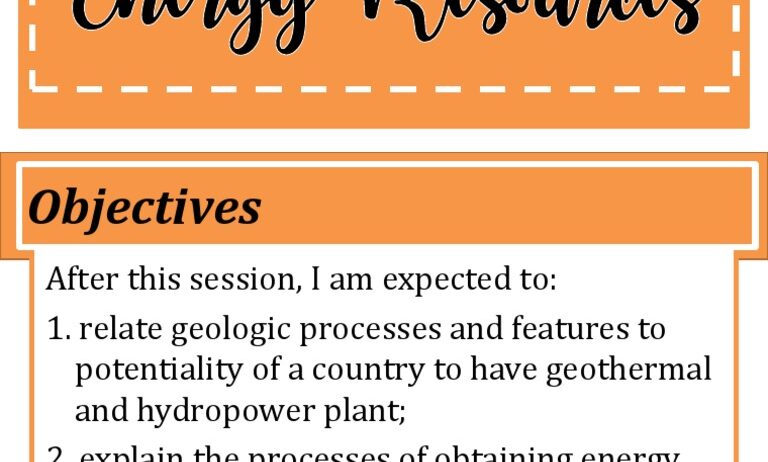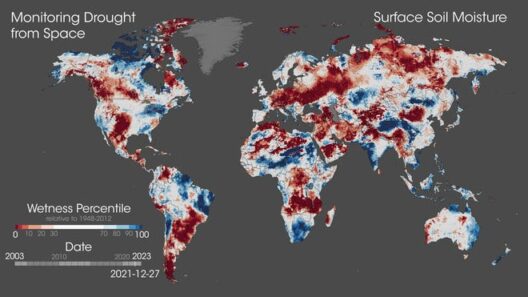Hydroelectric power has long been praised as a renewable energy source and a potential ally in the fight against climate change. However, the reality of its impact on global warming is complex, and as such, it beguiles various contradictions. This discussion endeavors to critically evaluate whether hydroelectric power acts as a friend or foe to global warming by examining its advantages, disadvantages, and the broader implications of its use.
Understanding Hydroelectric Power
Hydroelectric power harnesses the kinetic energy of flowing water to generate electricity. This process typically involves the construction of dams on rivers, creating reservoirs that store vast quantities of water. When released, this water turns turbines to produce electricity, which is then fed into the power grid. The operational scope of hydroelectric facilities can range from small, localized systems to massive plants capable of supplying energy to millions.
Environmental Benefits
One of the primary advantages of hydroelectric power is its minimal greenhouse gas emissions during energy generation. Unlike fossil fuels, burning which contributes significantly to global warming, hydroelectric facilities do not emit carbon dioxide during operation. This characteristic propels hydroelectric power to the forefront of renewable energy sources, enabling countries to reduce their carbon footprints significantly. Additionally, these plants promote energy independence, as they harness local water resources instead of relying on imported fuels.
Moreover, hydroelectric plants can facilitate water management strategies. Dams can help regulate river flows, mitigate floods, and ensure a steady water supply during drought conditions. Integrating these systems can ultimately enhance resilience against adverse climatic events, which are increasingly pertinent in our era of climate change.
Ecological Concerns
Despite their advantages, hydroelectric projects are not without consequences. The construction of dams disrupts aquatic ecosystems, altering habitats for countless species. Fish populations, for example, can be severely affected by barriers to migration, leading to declines in biodiversity. The impact ripples through the entire ecosystem, affecting not just aquatic life but also terrestrial species that rely on these waterways.
Additionally, hydroelectric dams can contribute to significant methane emissions, especially from reservoirs situated in tropical zones. When vegetation is flooded, the organic material decomposes anaerobically, releasing methane—a greenhouse gas over twenty times more potent than carbon dioxide in the short term. This phenomenon raises questions about the true overall emissions associated with hydropower, complicating its image as a clean energy source.
Social Implications
The socio-political dimensions surrounding hydroelectric projects can also be contentious. Large-scale dams often lead to the displacement of local communities, disregarding the livelihoods of those who depend on the river ecosystems for their survival. Struggles arise between governmental ambitions for progress and the rights of indigenous populations, leading to potential conflicts over land usage and resource allocation. These factors create a paradox wherein the pursuit of renewable energy inadvertently perpetuates social injustices.
The Life Cycle Impact
To thoroughly assess the role of hydroelectric power in climate change, it is essential to consider the life cycle analysis. This evaluation encompasses the entire span of a project, from its inception and construction to its operation and decommissioning. Significant energy and resources are consumed in the building of dams and associated infrastructure, raising the question of whether the benefits of clean energy consumption outweigh these initial costs. Some studies argue that the carbon footprint of hydropower, when viewed in its entirety, may be comparable to that of natural gas when accounting for methane emissions and construction impacts.
Alternative Hydropower Approaches
Cognizant of the drawbacks, innovators are exploring alternative hydropower methodologies. For instance, run-of-the-river systems, which generate electricity without constructing large reservoirs, minimize ecological disruption. These systems maintain more natural river flow, thus safeguarding aquatic life while producing clean energy. In addition, micro-hydropower installations offer solutions for rural communities without the need for extensive infrastructure, promoting energy access while preserving local environments.
The Future Landscape
As nations grapple with the existential threat posed by climate change, balancing the advantages and disadvantages of hydroelectric power will be crucial. Policymakers must weigh immediate energy needs against potential long-term ecological repercussions. Striking a harmonious balance between renewable energy development and environmental protection will be imperative to create a sustainable future.
Investing in research and development for innovative hydropower technologies can enhance efficiency while minimizing adverse impacts. Engaging stakeholders, including local communities, conservationists, and scientists, will foster collaborative approaches that embrace the principles of sustainable development.
Conclusion
In conclusion, classifying hydroelectric power as a definitive friend or foe to global warming is a misnomer. Instead, its impact can be characterized as a nuanced interplay of benefits and challenges. By understanding these facets, stakeholders can make informed choices that align the pursuit of clean energy with environmental stewardship. In this way, hydroelectric power can emerge not merely as a component of the energy mix but as a catalyst for broader environmental resilience in the face of global warming.






